1. Johnny Marzetti (Midwest)

Johnny Marzetti, a comforting pasta dish, was a staple in many Midwestern households, especially in Ohio. It consists of macaroni, ground beef, tomato sauce, and a blend of cheeses, baked to perfection. Originally created by Italian-American restaurateur Teresa Marzetti, it was a family favorite at church potlucks and family gatherings. The dish gained so much popularity that it became synonymous with hearty, affordable meals in the region.
However, with the rise of national chain restaurants offering quick and convenient alternatives, Johnny Marzetti has fallen out of favor. It was overshadowed by the ease of frozen meals and chain Italian eateries. The dish, once a Midwest treasure, has largely disappeared from menus and kitchens as more trendy pasta dishes took over. It’s a true casualty of the chain restaurant era, but it still holds a place in the hearts of those who remember it fondly.
2. Chicken in the Rough (South)
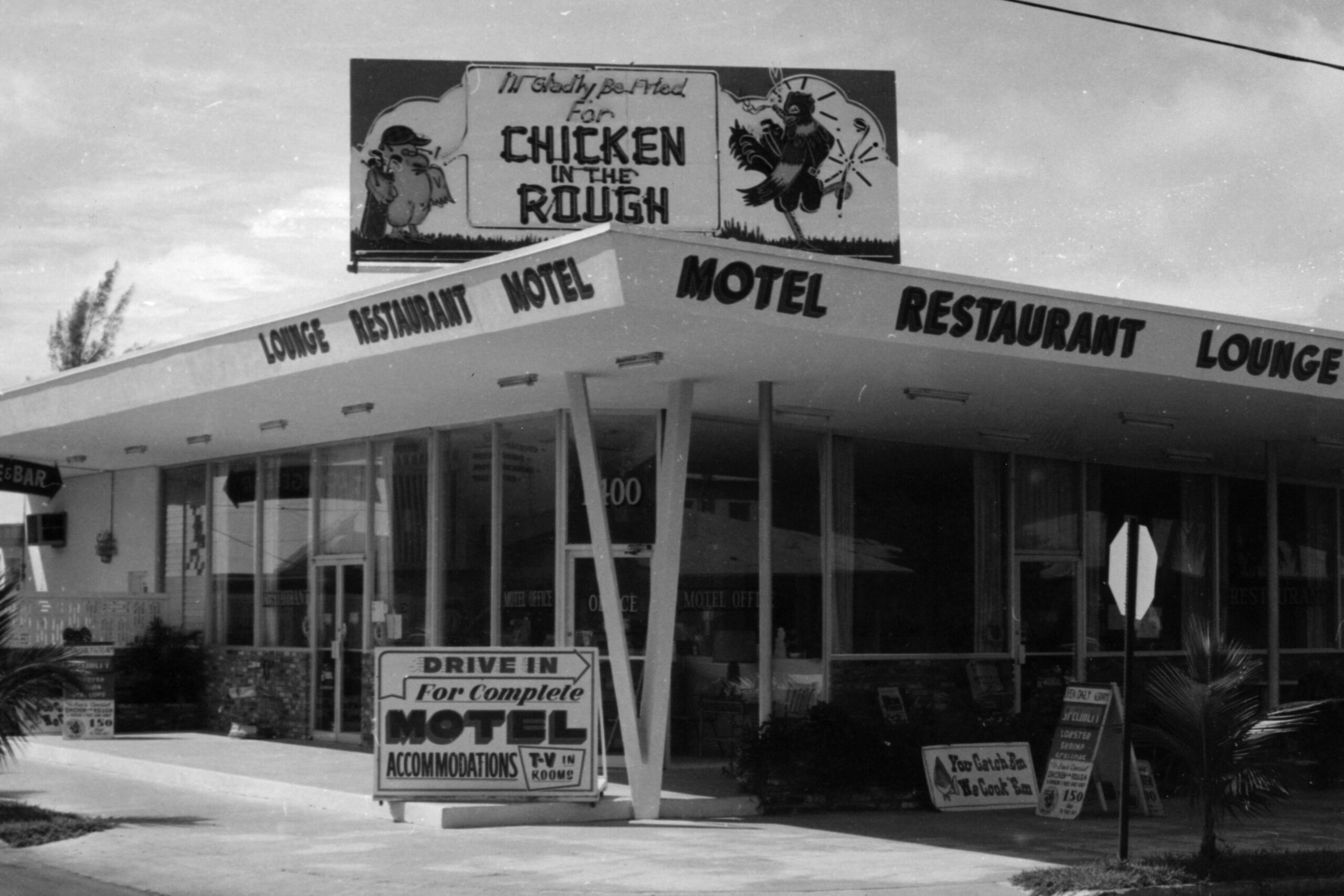
Chicken in the Rough was a Southern classic, offering a unique twist on fried chicken. Served with a side of biscuits, fries, and sometimes even mashed potatoes, it was known for its crispy coating and perfectly fried meat. The dish was a mainstay in regional drive-in restaurants, and its name alone evoked a sense of nostalgia for a simpler time.
As fast-food chains like KFC began to dominate the fried chicken scene, Chicken in the Rough lost its place in the spotlight. With mass-produced, standardized offerings from the likes of national chains, regional flavors like this one couldn’t compete. The dish disappeared from most menus, and now, it’s a memory that many Southerners reminisce about during visits to local history museums.
3. Scrapple (Northeast)
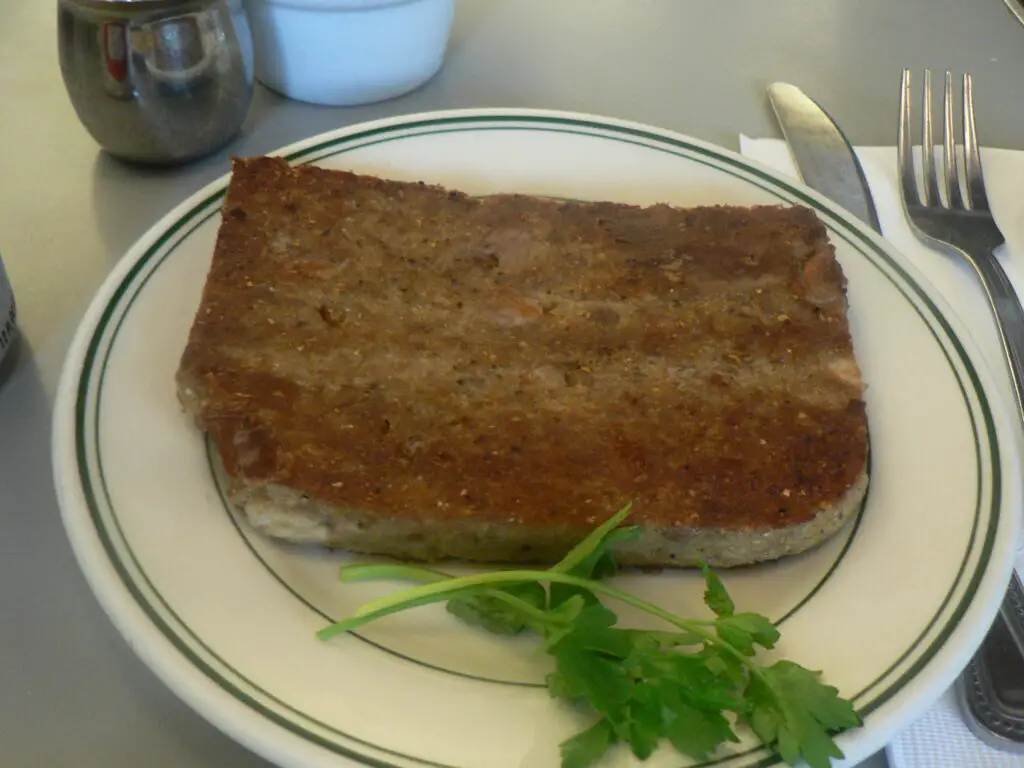
Scrapple, a beloved breakfast item from the Northeast, is made from pork scraps mixed with cornmeal and spices, then formed into a loaf and fried until crispy. It’s a dish that has deep roots in Pennsylvania Dutch cuisine, loved for its rich, savory flavor. Often paired with eggs or toast, it was the ultimate comfort food for many.
As fast food chains began offering quicker, more convenient breakfast options, scrapple became a rare find. With McDonald’s and Dunkin’ Donuts filling the morning hunger gap, scrapple gradually faded from breakfast tables. Today, it’s mostly enjoyed in the Northeast and parts of the Mid-Atlantic, cherished by those who know its unique flavor but absent from the menus of national chains.
4. Rocky Mountain Oysters (Rocky Mountain Region)
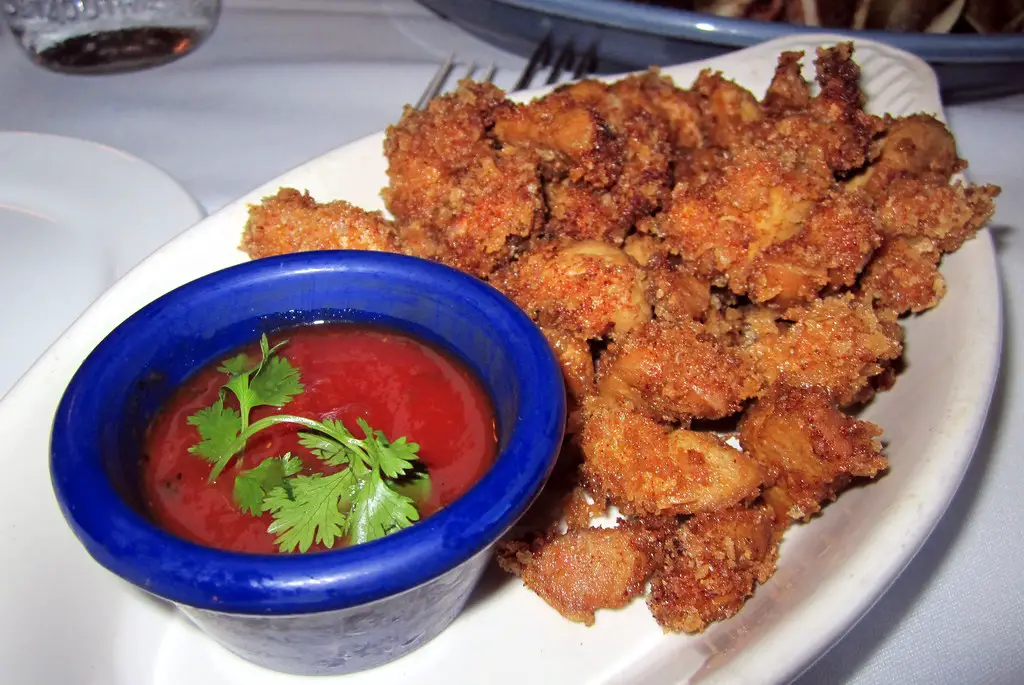
Rocky Mountain oysters, or fried bull testicles, were once a regional delicacy found in many restaurants across the Rocky Mountain states. The dish was a part of cowboy and ranching culture, offering a unique, adventurous taste for those willing to try it. Often battered and fried, they were typically served with dipping sauces, providing a taste of the West.
As chain restaurants expanded and offered more mainstream options, the novelty of Rocky Mountain oysters wore off for most consumers. National chains like Applebee’s and Chili’s focused on safer, more universally appealing appetizers, leaving regional specialties like this one behind. While you can still find them in some local joints, the dish is a rarity outside of the region, thanks to the chain restaurant takeover.
5. Po’boys (Louisiana)
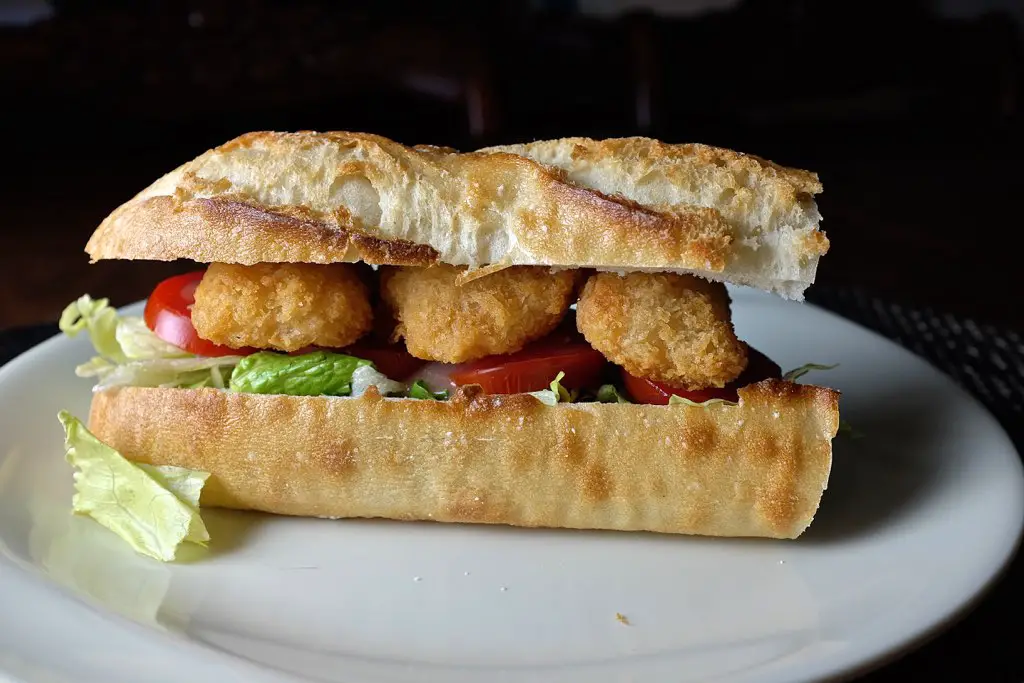
The Po’boy sandwich, originating in New Orleans, is a regional favorite consisting of crusty French bread filled with fried seafood or roast beef, topped with lettuce, tomatoes, and a spicy remoulade sauce. It became synonymous with New Orleans street food, offering a hearty and satisfying meal for locals and tourists alike. Originally created as a working-class meal, it was affordable and packed with flavor.
With the rise of chain sandwich shops like Subway and Jimmy John’s, the classic Po’boy has lost much of its prominence. National chains, often offering more generic sandwich options, overshadowed the locally sourced seafood and unique flavors of this beloved sandwich. While still a fixture in Louisiana, Po’boys have become more of a specialty item found in local restaurants rather than a mainstream offering.
6. Frito Pie (Southwest)

Frito pie is a beloved dish from the Southwest, featuring Fritos corn chips topped with chili, cheese, and onions. Served in a bowl or even in the chip bag itself, it was a perfect combination of salty, spicy, and cheesy flavors. Frito pie was often seen at local diners, fairs, and tailgate parties, beloved for its comforting and satisfying qualities.
As national chains took over, fast food options like burgers and fries became the go-to meal. The simplicity of Frito pie made it harder to market on a larger scale, as chains preferred to sell more universally known items. While some regional spots still offer it, Frito pie is now mostly enjoyed in small-town America and rarely found on the menus of large chains.
7. Spam Musubi (Hawaii)
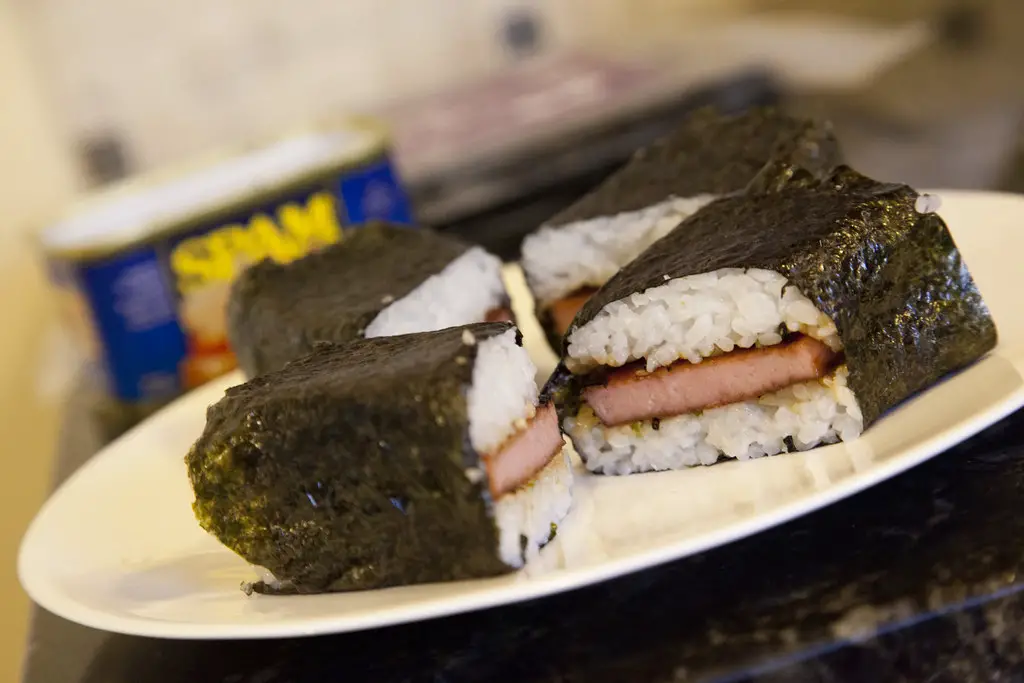
Spam musubi, a Hawaiian fusion dish, features a slice of grilled Spam on top of a block of rice, wrapped in a sheet of nori (seaweed). This simple yet delicious snack became popular in Hawaii after World War II when Spam was introduced to the islands. It became a quick, easy, and affordable meal for many locals and visitors alike.
With the rise of global fast food chains like McDonald’s and Taco Bell, Spam musubi slowly faded into the background. While it remains a staple in Hawaiian convenience stores and local eateries, it is far less common on national restaurant menus. Spam’s salty, savory flavor couldn’t compete with the trend of health-conscious eating pushed by big chains, leading to its decline in mainstream popularity.
8. Chow Chow (South)

Chow chow is a Southern pickled relish made from a variety of vegetables, such as cabbage, onions, and peppers, all spiced with vinegar and sugar. It was traditionally served as a condiment with meats like hot dogs, beans, and fried chicken. Each region had its own twist on the recipe, making it a beloved and versatile accompaniment at Southern tables.
As chain restaurants began offering pre-packaged condiments and more generic menu items, chow chow lost its place on the table. The pickled relish, once a staple of Southern cuisine, became harder to find in restaurants outside of local markets. With chains opting for ketchup and mustard as their go-to condiments, chow chow has become more of a homemade treat, enjoyed by those who still remember its tangy, spicy kick.
9. Hot Brown (Kentucky)

The Hot Brown, an open-faced sandwich featuring turkey, bacon, and a rich Mornay sauce, originated in the 1920s at the Brown Hotel in Louisville, Kentucky. It became a beloved local dish, often served at the hotel’s famous brunch. The creamy sauce and combination of flavors made it a favorite for both locals and tourists.
As chain restaurants began to proliferate, offering quick and standardized meals, the Hot Brown became a rare find. The dish’s complex preparation and regional nature made it difficult for national chains to replicate. While still cherished in Kentucky, it’s a dish that remains largely outside the reach of mainstream dining, overshadowed by the simplicity of fast food offerings.
10. Hushpuppies (South)

Hushpuppies, deep-fried cornmeal balls, are a Southern classic often served alongside fried fish or seafood. Their golden, crispy exterior and soft, fluffy interior make them the perfect side dish for any meal. They originated in the South as a way to use up leftover cornmeal, and soon became a staple in Southern kitchens and seafood shacks.
However, as chain restaurants expanded and fast food became the go-to dining option, hushpuppies began to fade. The rise of national seafood chains like Long John Silver’s, which offered simpler, more predictable menus, left less room for regional specialties like hushpuppies. While still a favorite in local diners, they are hard to find in the mainstream restaurant scene today.
11. Chili Mac (Midwest)
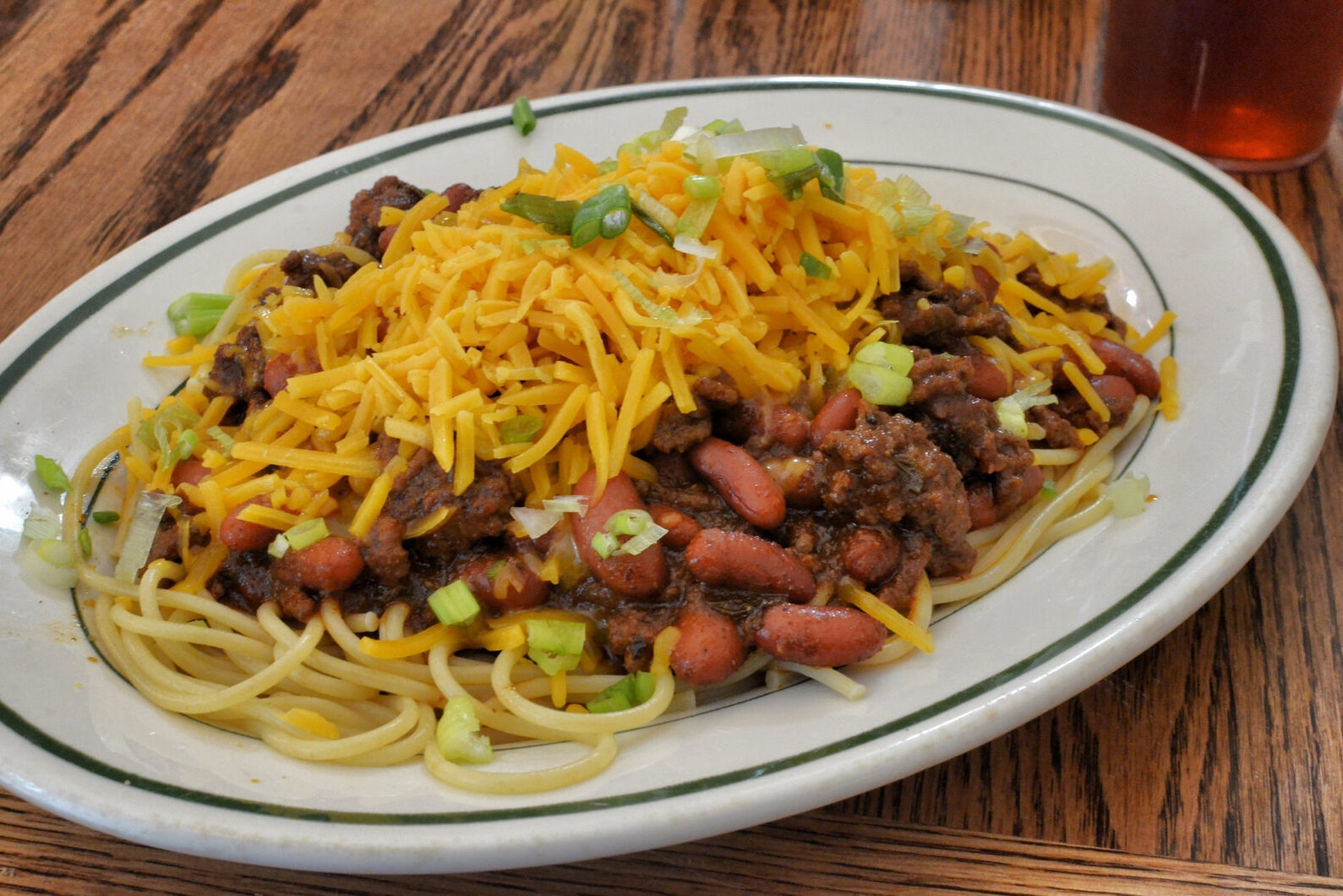
Chili mac is a comforting dish that combines macaroni pasta with a rich, flavorful chili, topped with cheese. It was a go-to meal in many Midwestern households, often made with leftover chili for an easy dinner. Its hearty, satisfying nature made it a favorite among families looking for a quick and filling meal.
With the expansion of fast food chains offering simpler pasta options or pre-made meals, chili mac lost its appeal. As more people turned to quick, packaged meals, dishes like chili mac became harder to find outside of local, family-owned restaurants. Despite its hearty appeal, the dish’s regional charm couldn’t compete with the convenience of chain restaurant offerings.
12. Lefse (Upper Midwest)

Lefse, a traditional Norwegian flatbread, is a beloved dish in the Upper Midwest, especially in Minnesota and Wisconsin. Made from potatoes, flour, and butter, it’s often served with butter and sugar or used as a wrap for meats and fillings. It’s a food tied to Norwegian heritage and has been passed down through generations.
However, as national chains began offering faster and more convenient options, lefse became a less common sight on restaurant menus. While it remains a cherished tradition in some households and local Scandinavian festivals, the rise of fast food and standardized menus made it hard for such a regional dish to thrive. Lefse is still a beloved tradition in the Upper Midwest but has become a rare treat in the broader restaurant scene.
